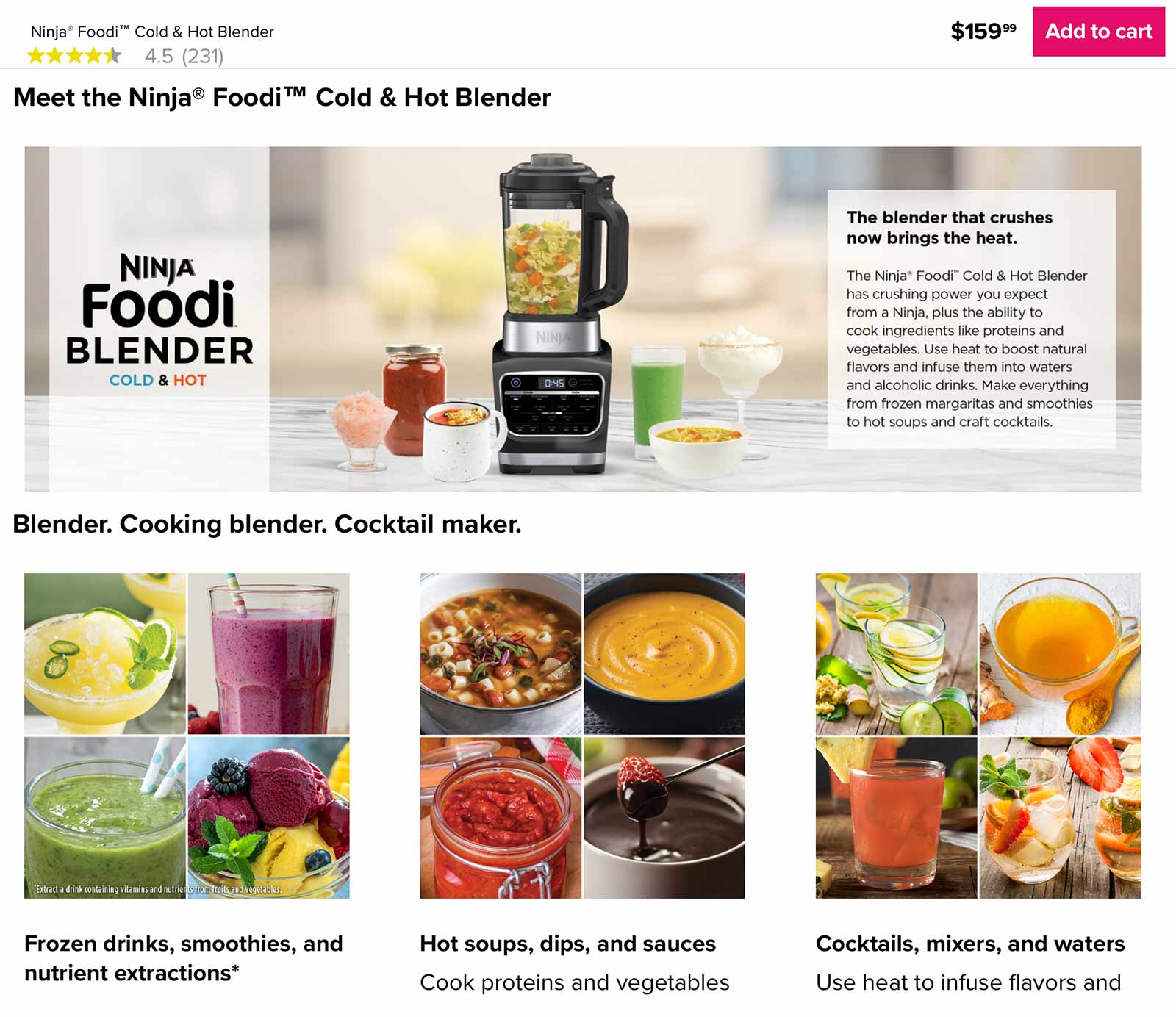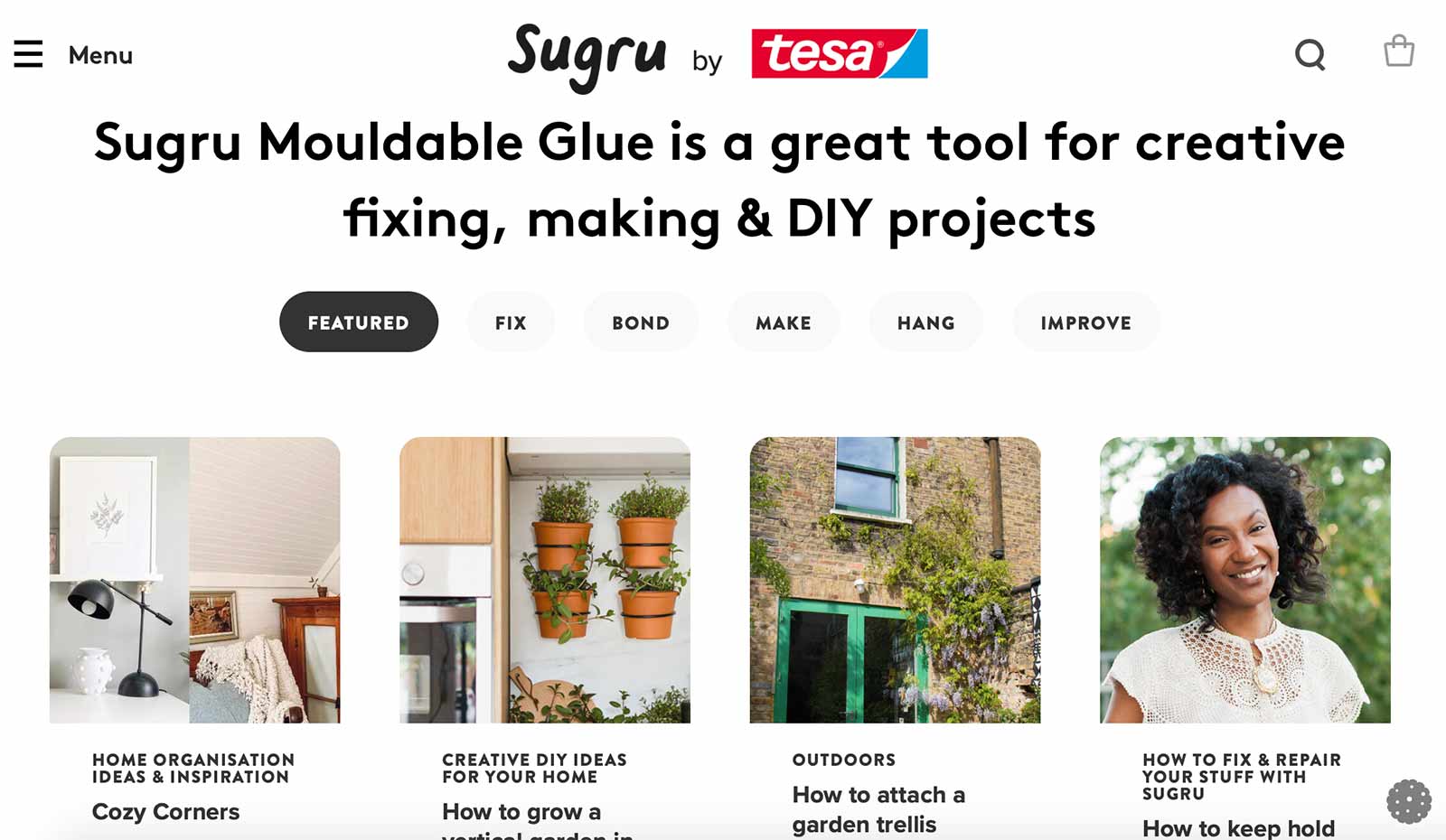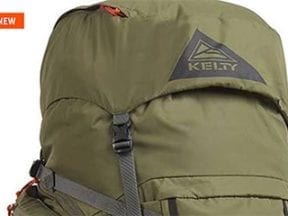Writing product descriptions sounds simple. But it takes planning. The best descriptions address a broad audience, which is why many companies employ marketers to help.
There are several types of product descriptions, each tailored to the channel and user. However, for the product page, the goal is to convert anyone who visits, regardless of the reason.
For example, most households could benefit from a blender. But people use blenders for different purposes — making smoothies, prepping soups, pureeing fruits, and more. That’s why the product page for the Ninja Foodi Cold & Hot Blender addresses multiple scenarios.

Ninja Foodi Blender targets various user types on its product page.
3 Essentials
When writing descriptions for the masses, focus on the following three elements.
Evergreen content remains relevant long-term. No matter the latest fads or headlines, this content always applies. Likely, consumers will always use blenders to crush ice and make milkshakes. Evergreen content would address that. The growing trend of preparing healthy meals and snacks at home calls for additional usage examples, such as blending ingredients to make tasty sauces from scratch.
Situational information. Covid-19 has impacted how consumers use products. So it makes sense for sporting goods sellers to introduce text and graphics for home-based workouts. Similarly, Netflix and other streaming sites have addressed the millions of folks who couldn’t visit movie theaters. And during stay-at-home orders, many brands found ways to integrate family- and kid-focused messaging.
Trending details. New fads pop up all the time. Sugru, a “mouldable glue,” was created to repair household items such as furniture, decor, and appliances. But then Sugru discovered additional uses, such as a version for kids and another to create products from scratch, not just repair them.

Sugru spotlights several uses for its product, which was initially designed for fixing things.
Covering the three bases above, in conjunction with search-engine-optimized language, can drive traffic and conversions. However, supporting photos and videos also play a role. But be mindful of the broader context. Promoting an outdoor grill with a photo of 30 people in a backyard could make a company appear tone-deaf during the pandemic.
Organize
Organize product descriptions in files that can feed into separate fields, such as:
- Description 1 never changes.
- Description 2 addresses the current climate, laws, or regulations.
- Description 3 is based on a growing trend.
When circumstances change, you can easily update or remove those portions of the description. Storing each element separately also streamlines the process of exporting those details to other places, such as shopping feeds or third-party channels.
Appy the same type of organization to photos, videos, and illustrations.
Experiment and Test
Product descriptions that target multiple audiences take work. The first step is identifying a standard use versus trending — i.e., how most people use an item versus new ways to inspire others. The goal is to appeal to a broader audience without alienating the existing one.
There is no tried-and-true way to describe a product. Experiment and test. Listen to feedback from shoppers and address their concerns.




